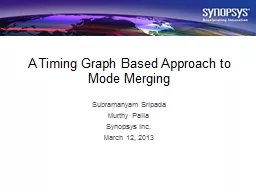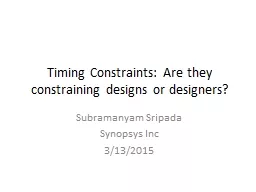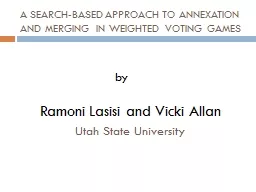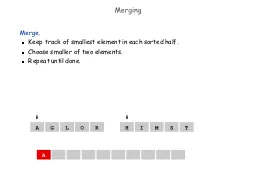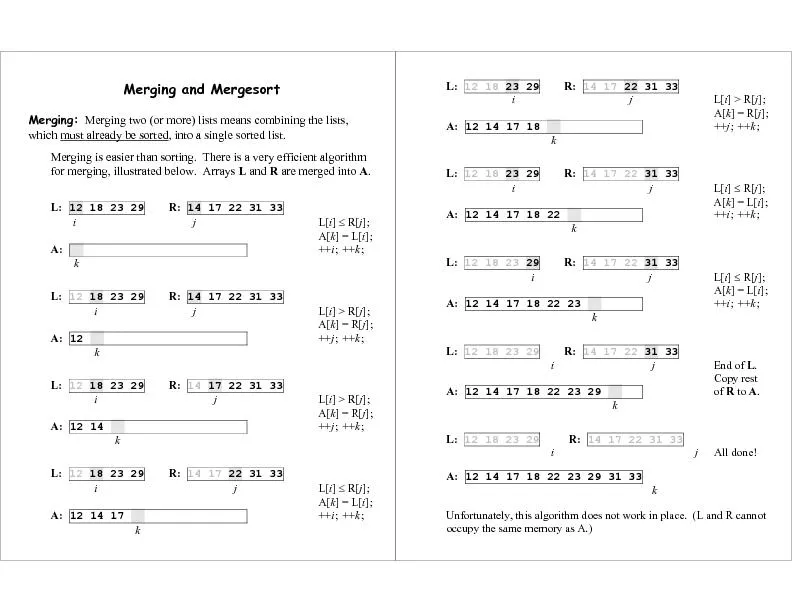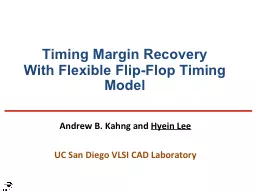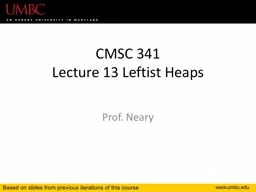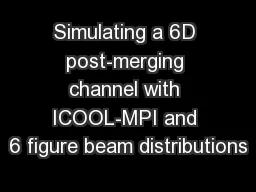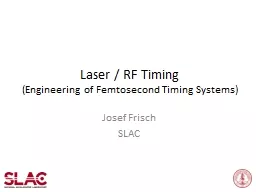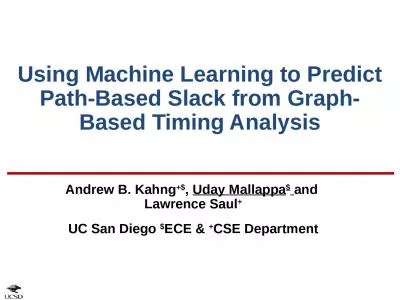PPT-A Timing Graph Based Approach to Mode Merging
Author : calandra-battersby | Published Date : 2016-05-30
Subramanyam Sripada Murthy Palla Synopsys Inc March 12 2013 Agenda Motivation Background Approach Illustration of Approach Results DesignComplexity Projections An
Presentation Embed Code
Download Presentation
Download Presentation The PPT/PDF document "A Timing Graph Based Approach to Mode Me..." is the property of its rightful owner. Permission is granted to download and print the materials on this website for personal, non-commercial use only, and to display it on your personal computer provided you do not modify the materials and that you retain all copyright notices contained in the materials. By downloading content from our website, you accept the terms of this agreement.
A Timing Graph Based Approach to Mode Merging: Transcript
Download Rules Of Document
"A Timing Graph Based Approach to Mode Merging"The content belongs to its owner. You may download and print it for personal use, without modification, and keep all copyright notices. By downloading, you agree to these terms.
Related Documents

